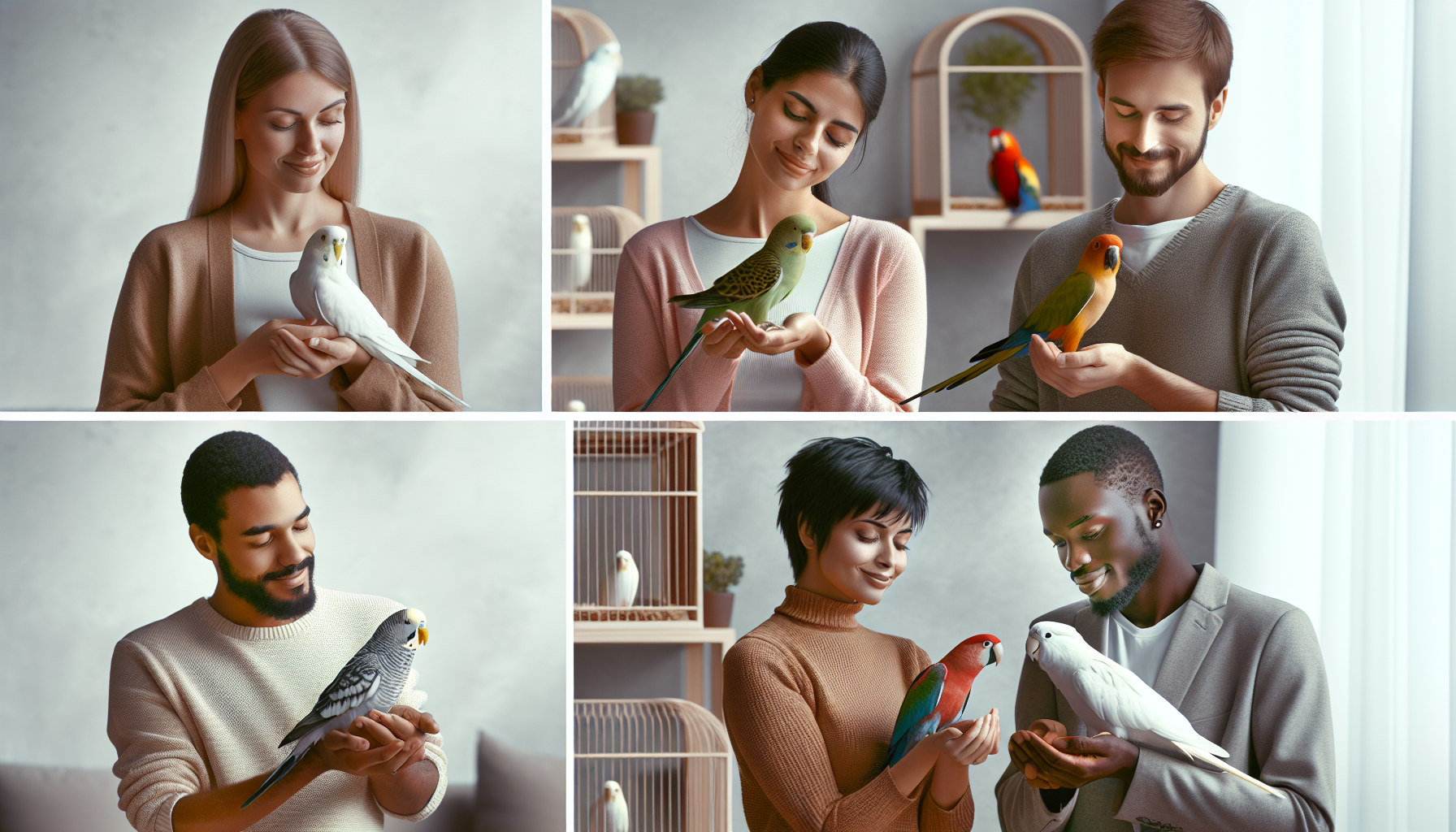Throughout a life committed to the well-being of animals, understanding their needs and behaviors has always been an integral part of promoting their welfare. Whether it’s a canine friend or a small bird, understanding how to interact correctly with them ensures their comfort, health, and overall happiness. This article puts a spotlight on companion birds – a popular type of pet whose appropriate handling often tends to be misunderstood or overlooked.
Handling your feathered companion
Handling a bird is not as straightforward as it may seem. In essence, it is much more than merely holding or petting them. Before engaging in any physical contact, it’s imperative to ensure the bird is calm and comfortable with your presence. Creating a sense of trust and comfort is the key factor here, as birds – much like humans – have individual personalities and comfort zones.
Initially, handling should be limited to short periods, gradually extending as the bird becomes accustomed to the comfortable, secure grip. Remember, the idea here is not to restrict the bird but rather to create an atmosphere of shared comfort and trust. The room you’re in should be bird-proofed, with windows and doors closed to avoid startling or harm.
Properly gripping your avian friend
When it comes to the actual grip, you must tread lightly. Birds are small, fragile creatures, and even a slightly firm grip can cause them discomfort, or worse, injury. For smaller birds, the best way is to gently encircle your hands around the bird with hardly any application of pressure. Larger birds, like parrots, may be handled by gently holding the neck with one hand while supporting the body with another.
Understanding the signs and respecting boundaries
Just like any other being, birds also present cues that signal their comfort or discomfort. As responsible and compassionate animal caregivers, it’s our responsibility to identify these signs and adapt accordingly. A relaxed bird will have smooth, flat feathers, its breathing will appear normal, and it might show curiosity towards its surroundings. Conversely, ruffled feathers, open beak, or eyes appearing larger than usual, signal the bird is stressed and uncomfortable. If these signs are visible, the bird should immediately be returned to its cage to regain comfort.
Respecting these boundaries is crucial for maintaining a healthy relationship with your pet bird. Remember, mutual comfort is achieved gradually, and forcing interaction upon an unwilling bird might tarnish your bond and trust.
Respecting an animal’s boundaries, understanding their cues, and adapting your behavior accordingly is not only a lesson in animal welfare but also a lesson in empathy and understanding. Just as we have personal boundaries and comfort zones, so do our feathered friends. Taking the time to build a relationship based on trust, respect, and mutual comfort, allows for a beautiful companionship to develop. Understanding your pet bird’s needs is the first step towards a lifelong bond filled with warmth, companionship, and shared joy.

